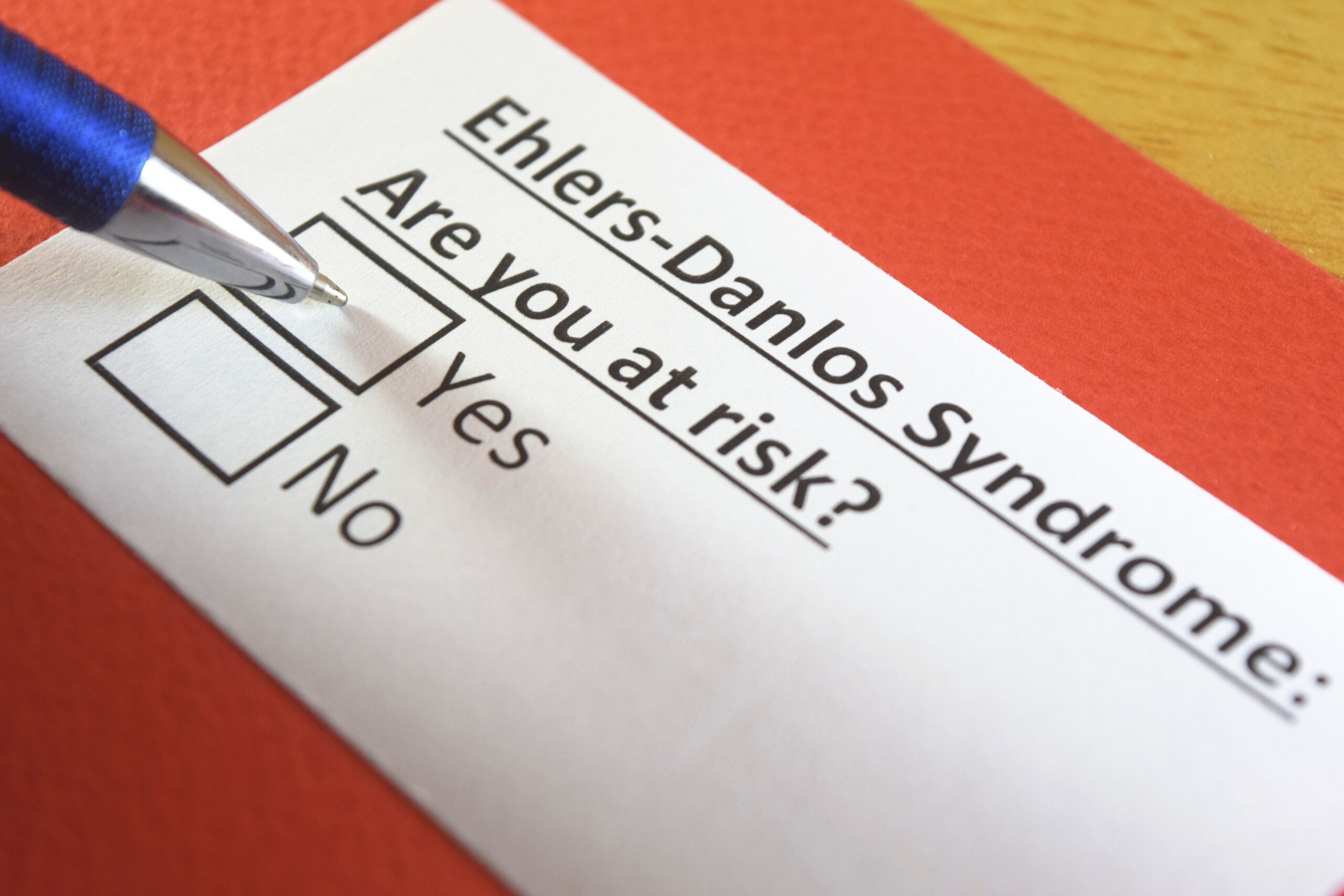Got COVID? Want to learn how to prepare for COVID surges and reduce your risk of Long COVID? Click here
Despite affecting more than 70 million people worldwide, chances are you’ve never heard of dysautonomia. This umbrella term covers several different conditions that result from a malfunction of the autonomic nervous system (ANS). Unfortunately, a lack of awareness of these conditions in the medical profession means that many patients take years to receive a diagnosis and even more go undiagnosed. However, the arrival of the COVID pandemic and subsequent Long COVID crisis, dysautonomia, and specifically postural orthostatic tachycardia syndrome (POTS), is receiving much more awareness as it becomes a major condition experienced by Long COVID patients.
Understanding Dysautonomia
Dysautonomia is a term that incorporates several different conditions that cause a malfunction of the autonomic nervous system (ANS). The ANS is responsible for the regulation of automatic functions within the body, such as blood pressure, digestion, heart rate, dilation and constriction of the pupils of the eye, kidney function, and body temperature regulation. There are different areas of the ANS, such as the sympathetic nervous system (fight or flight responses) and the parasympathetic nervous system (rest and digest).
Dysautonomia can be primary or secondary. Primary dysautonomia may be caused by genetic diseases that directly affect the autonomic nervous system. Secondary dysautonomia often occurs after onset of conditions such as diabetes, Parkinson’s disease, autoimmune conditions (lupus, Sjogren’s, or rheumatoid arthritis) Guillain-Barre syndrome, certain vitamin deficiencies, and after a viral infection, such as COVID.
Types of Dysautonomia
Dysautonomia is an umbrella term used to describe many different conditions in which the autonomic nervous system is not working properly. Here is a brief description of some of these conditions.
- Neurocardiogenic syncope (NCS) –
Also known as neurally mediated syncope (NMS) or neurally mediated hypotension (NMH), NCS is the most common primary form of dysautonomia. It causes blood pooling, decreased blood pressure, and a reduced heart rate when standing. These changes often result in fainting. - Postural orthostatic tachycardia syndrome (POTS) –
Affecting 1-3 million Americans, POTS is a form of orthostatic intolerance that causes excessive tachycardia when standing. Additional symptoms can include fatigue, headaches, heart palpitations, exercise intolerance, diminished concentration, syncope (fainting), and cold and painful extremities. - Autonomic dysreflexia (AD) –
This is a secondary form of dysautonomia associated with spinal cord injuries. It causes spikes in blood pressure and, if not addressed, can lead to stroke. - Autoimmune GI dysmotility (AGID) –
AGID affects the movement throughout the digestive tract, often resulting in slow digestion, nausea, vomiting, diarrhea, constipation, and feeling full quickly. - Diabetic autonomic neuropathy (DAN) –
This is a secondary form of dysautonomia that affects an estimated 20% of diabetic patients, or roughly 69 million people worldwide. This can affect heart rate, blood pressure, temperature regulation, bladder function, digestion, and sexual function. - Baroreflex failure –
The baroreflex mechanism controls blood pressure. When this mechanism fails, it can cause a dramatic increase in blood pressure and heart rate during periods of stress or exercise and a dramatic decrease during periods of rest. - Familial dysautonomia –
This is a rare genetic form of dysautonomia that affects people of Ashkenazi Jewish descent. This can be a very serious and often fatal form. - Multiple system atrophy –
Also known as Shy-Drager syndrome, this is a rare dysautonomia that causes symptoms similar to Parkinson’s disease. - Pure autonomic failure (PAF) –
Also known as Bradbury-Eggleston syndrome and idiopathic orthostatic hypotension, PAF is a peripheral degenerative disorder of the ANS that causes sudden drops in blood pressure. This can often be a precursor to multiple system atrophy and Parkinson’s disease.
Symptoms
Because dysautonomia covers a wide range of different conditions, symptoms will vary based on your condition. Symptoms can include:
- Balance problems
- Noise/light sensitivity
- Shortness of breath
- Chest pain or discomfort
- Dizziness, lightheadedness, and vertigo
- Changes in body and skin temperature
- Chronic fatigue
- Blurred vision
- Nausea or vomiting
- Diarrhea or constipation
- Increased/decreased heart rate
- Heart palpitations
- Cognitive issues
- Abnormal changes in blood pressure and heart rate
- Changes with perspiration – sweating more or not at all
- Sleep disturbances
- Frequent headaches or migraines
- Dehydration
- Frequent urination or incontinence
- Erectile dysfunction
- Low blood sugar
- Exercise intolerance
Diagnosing Dysautonomia
Receiving a diagnosis of dysautonomia can often be very challenging. General physicians often receive limited training on dysautonomia, and without specific tests, many patients are misdiagnosed or brushed aside. The average patient often sees 7+ doctors and waits 4+ years before they receive a dysautonomia diagnosis. However, if you have symptoms that can’t be explained by another health condition, do not be afraid to suggest dysautonomia and ask for a referral. Depending on your symptoms, this could be to a cardiologist, neurologist, gastroenterologist, or another specialist.
An assessment test developed by the Mayo Clinic is called the Composite Autonomic Symptoms Score-31 (COMPASS-31). This is a self-assessment survey that provides a refined and abbreviated quantitative measure of autonomic symptoms and dysfunction.
Treatment Options
There is no cure for primary dysautonomia. However, treatments exist that can improve symptoms. For secondary dysautonomia, treating the underlying condition may help. Treatments can include electrolytes and increased water intake, increased salt, medications, physical therapy, compression garments, pacing and activity tolerance, cooling vests, and more depending on your individual symptoms.

Get updates
Join our mailing list



